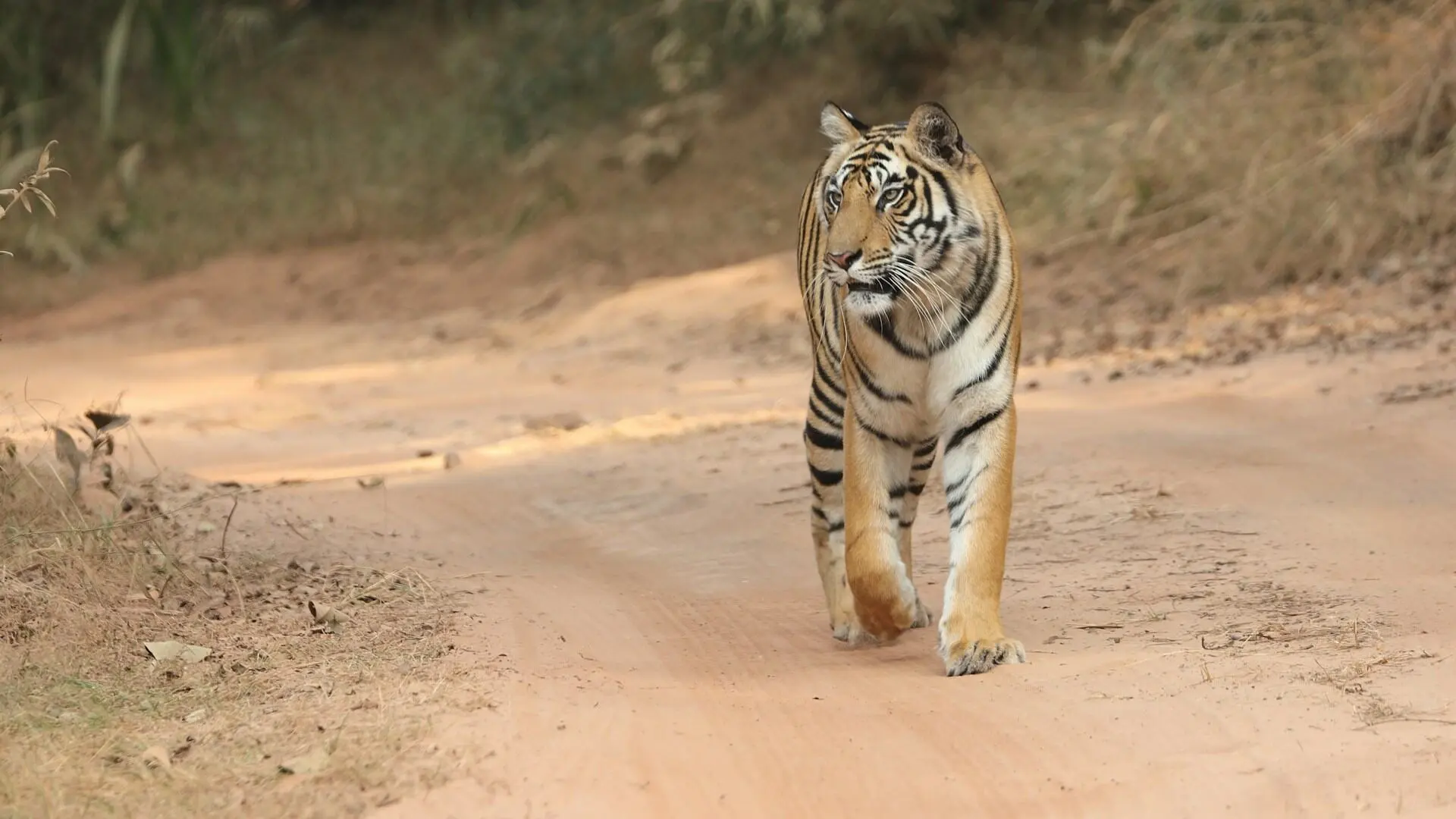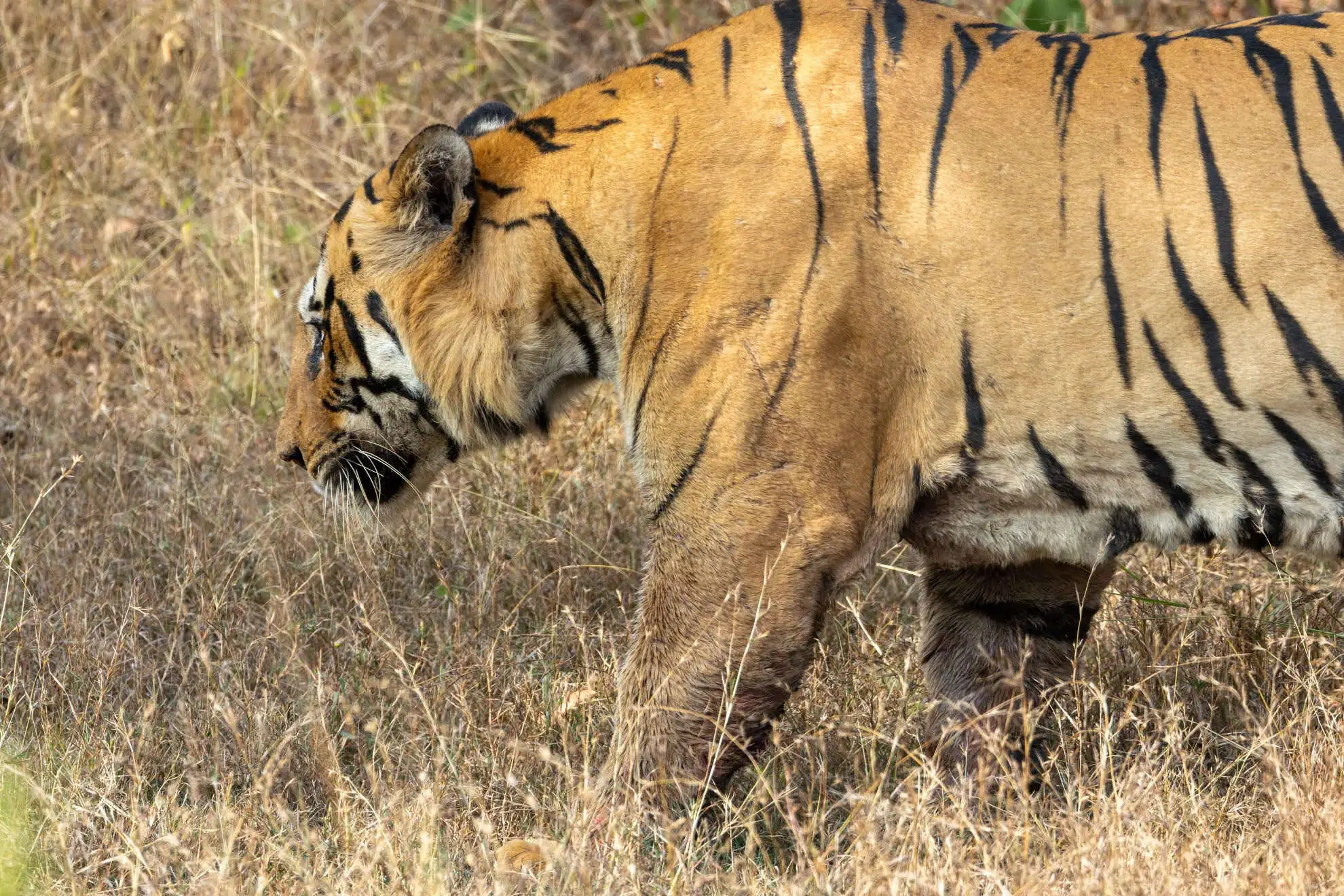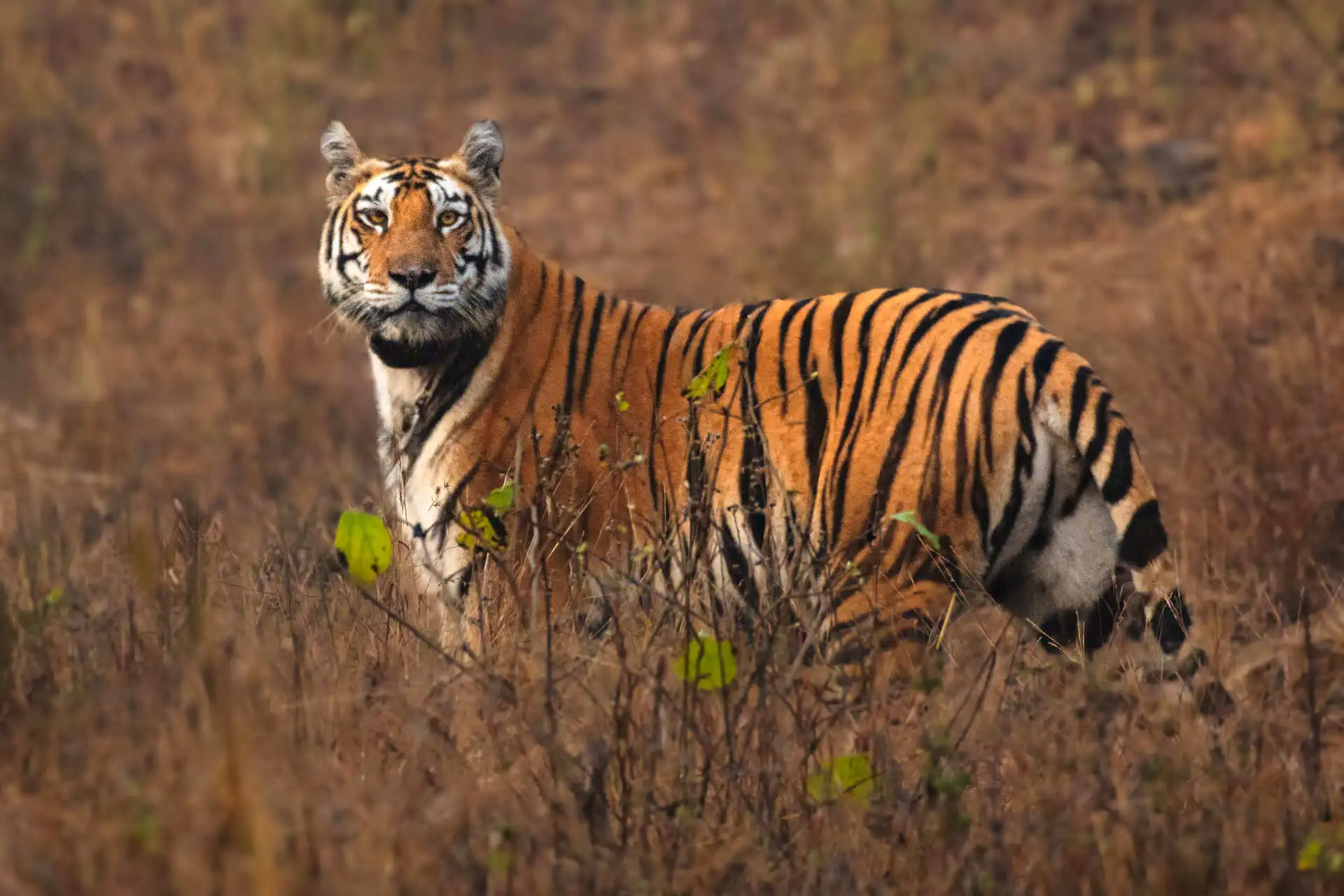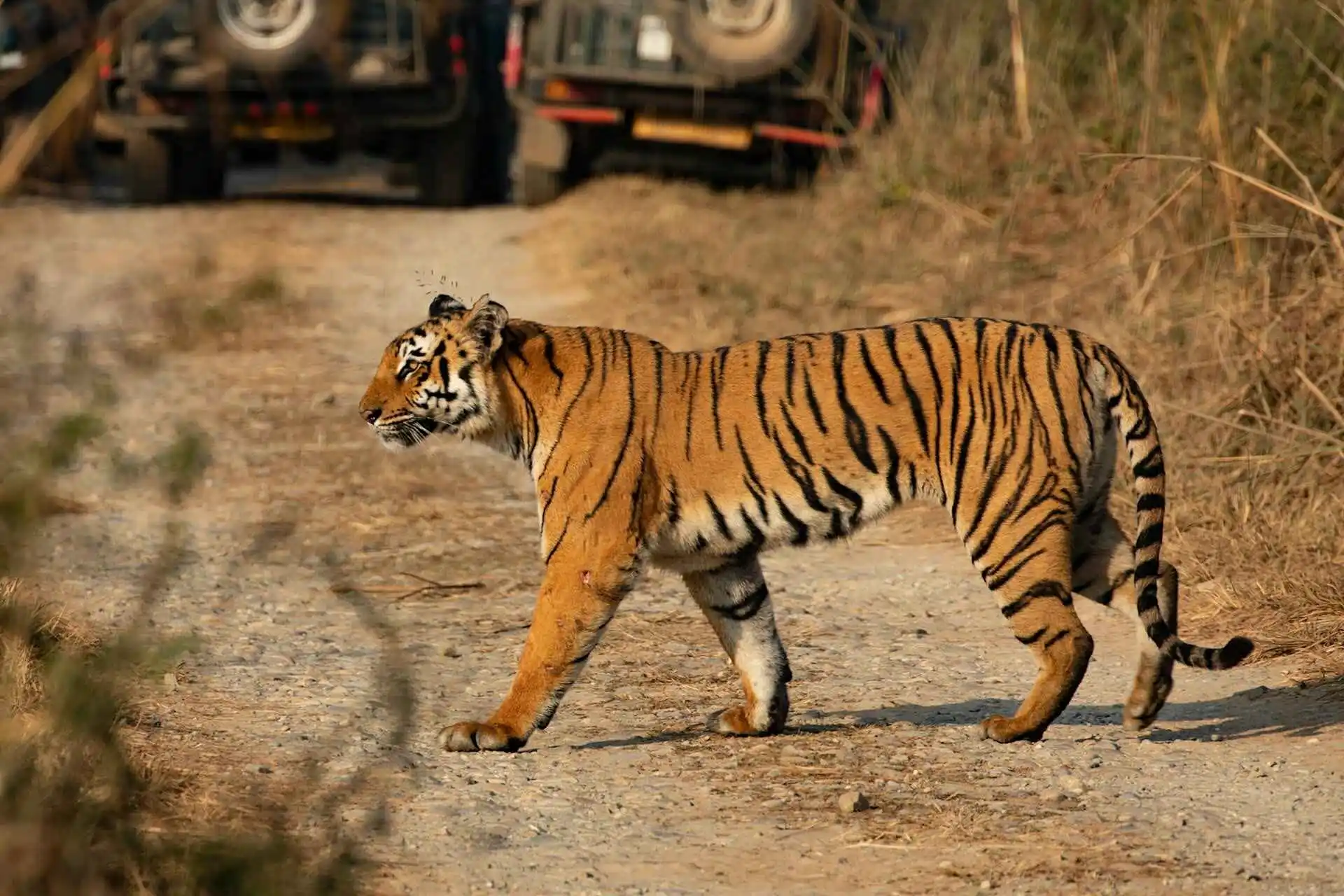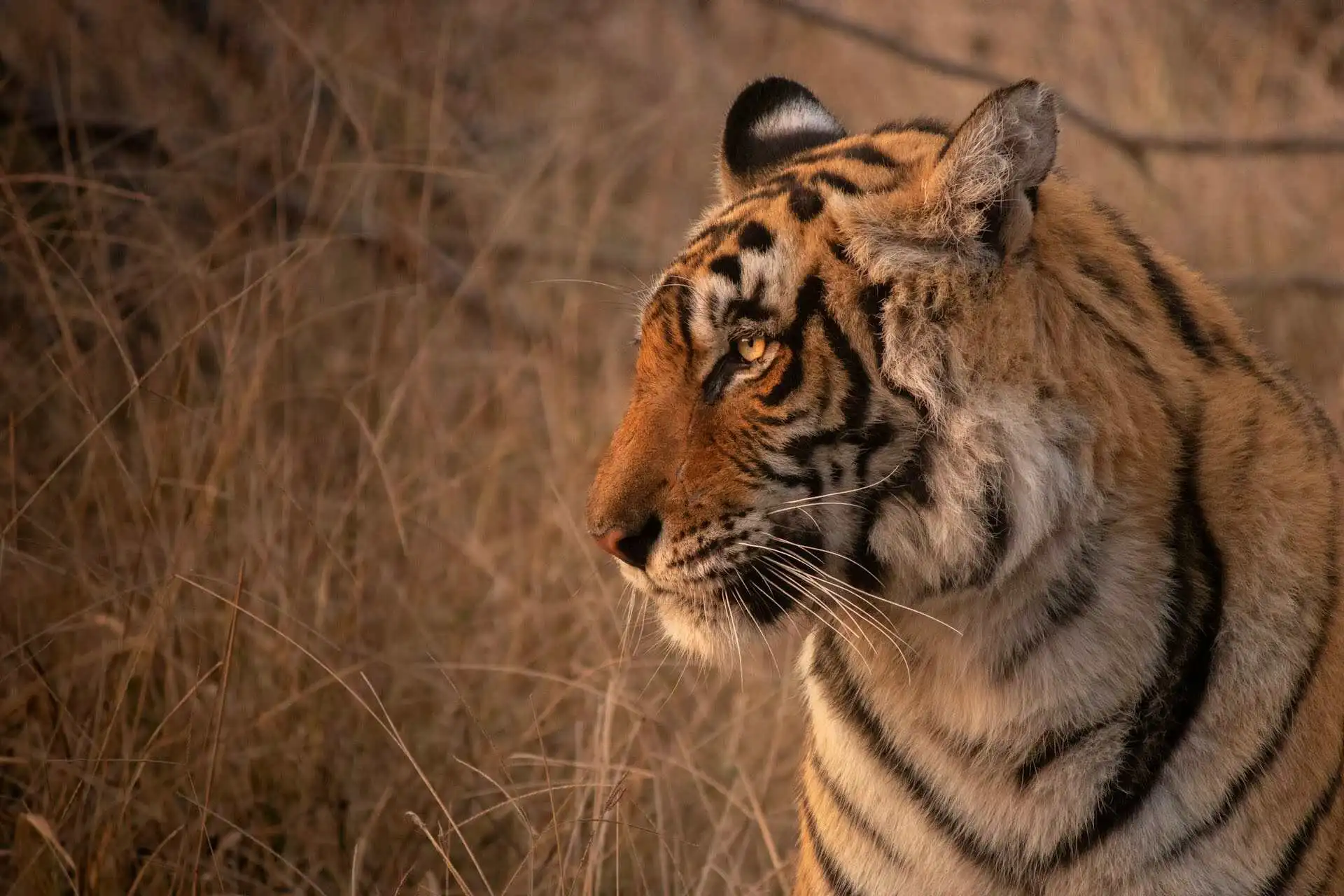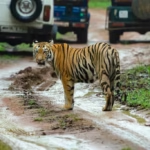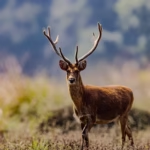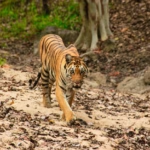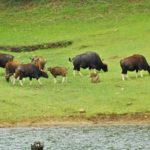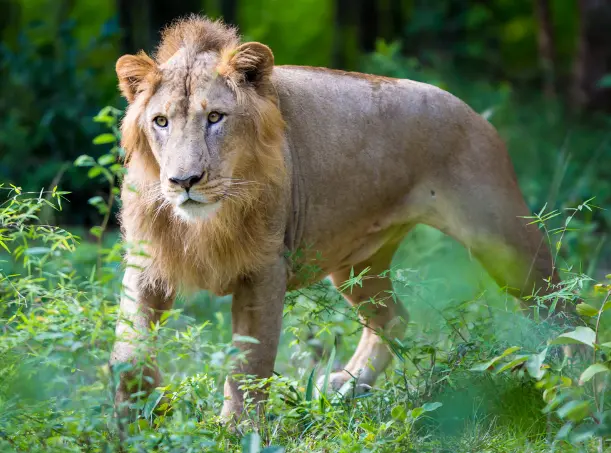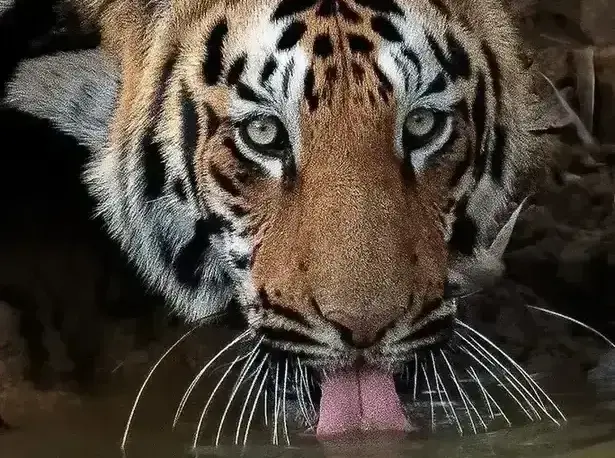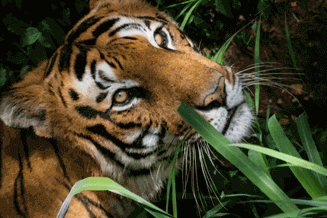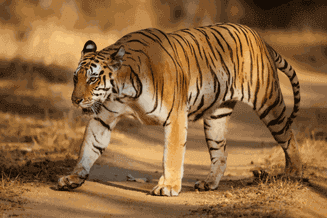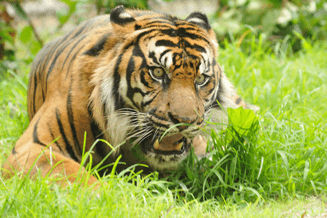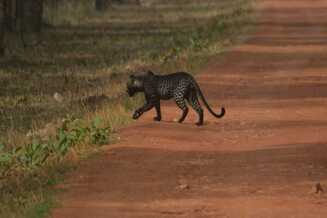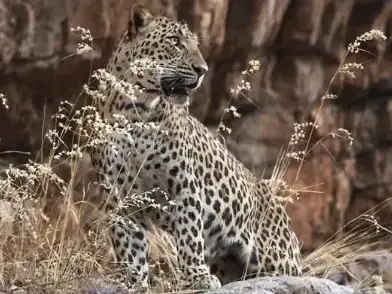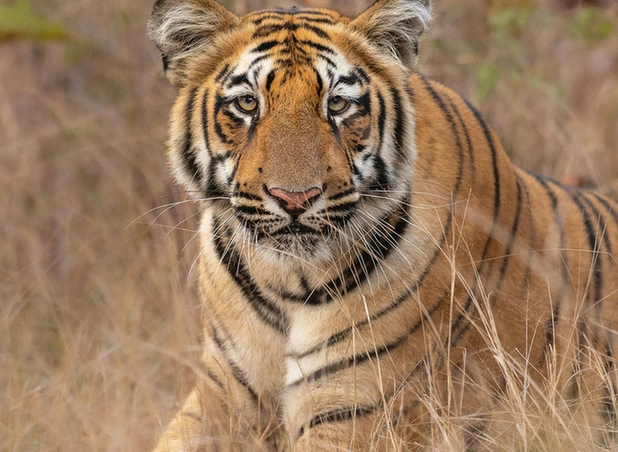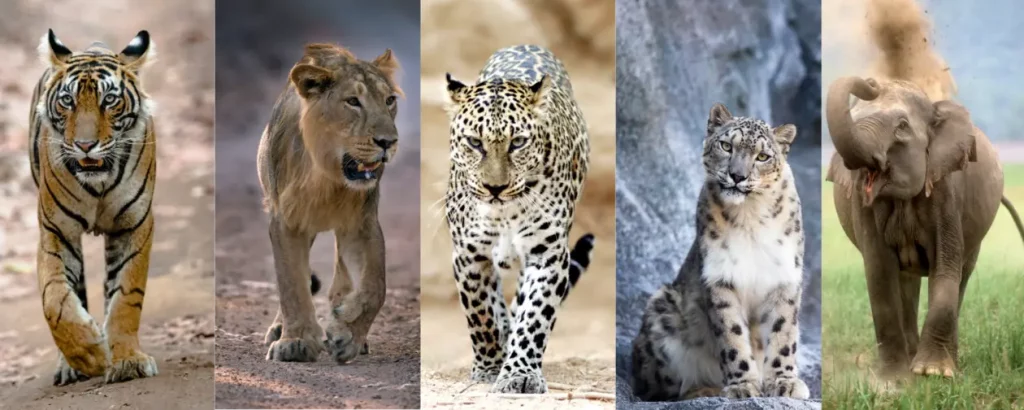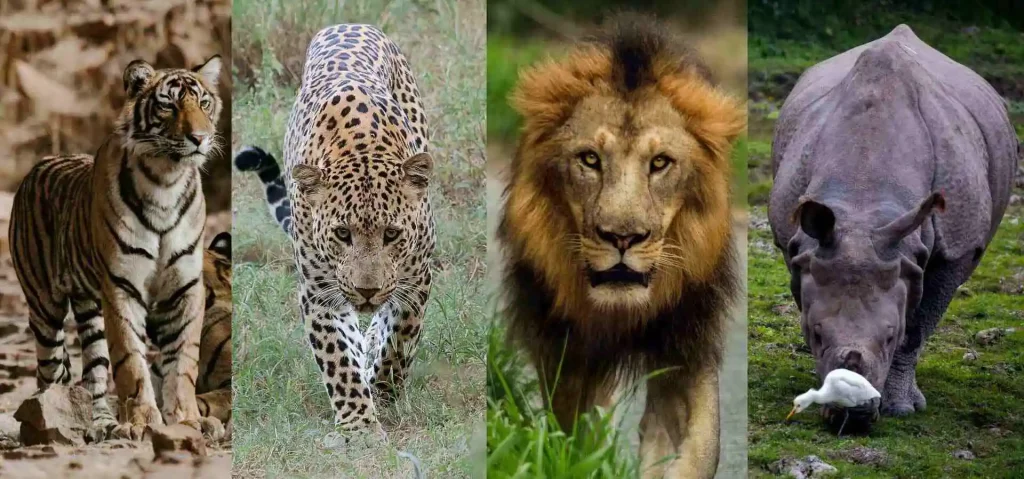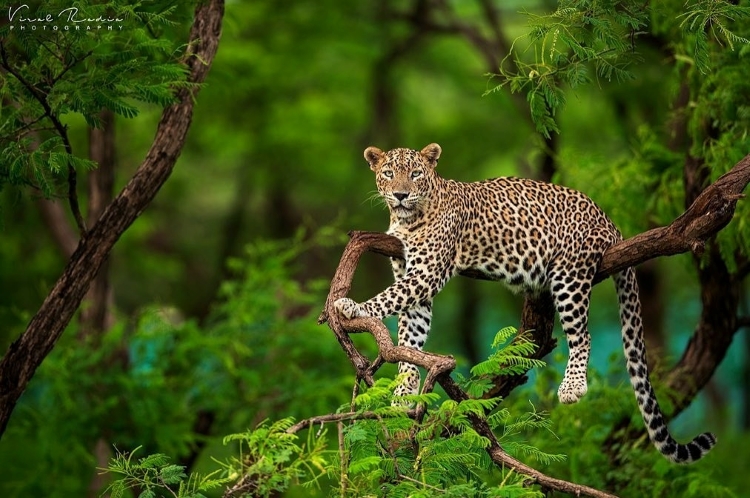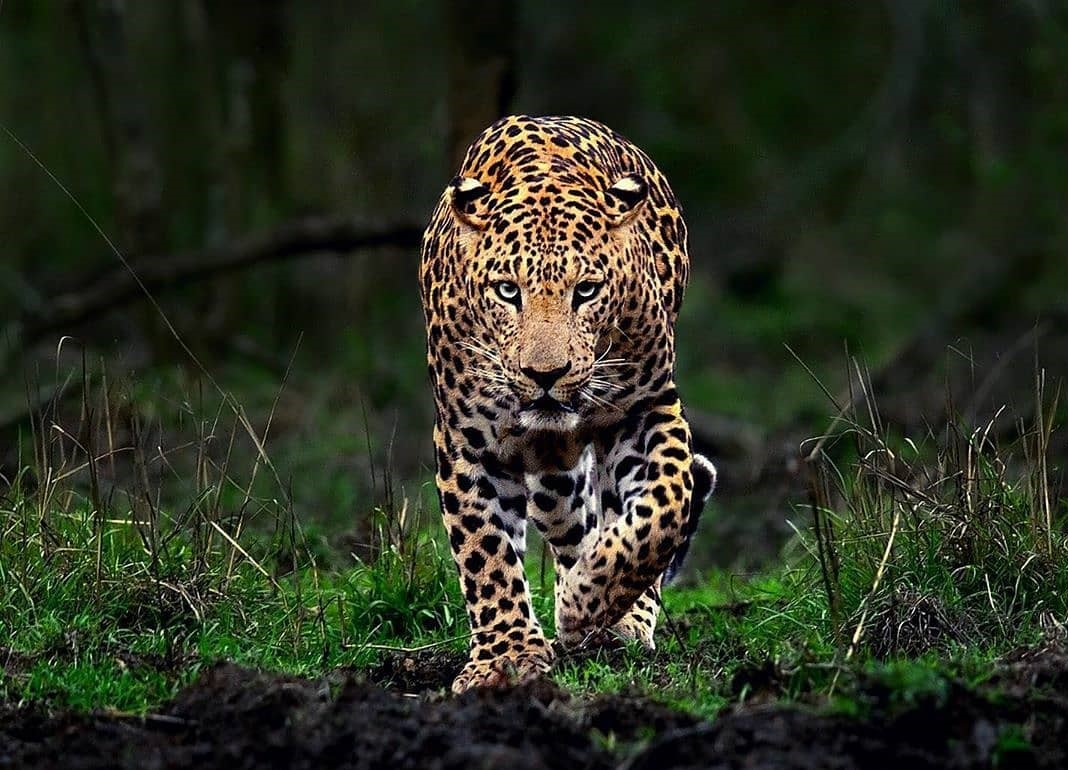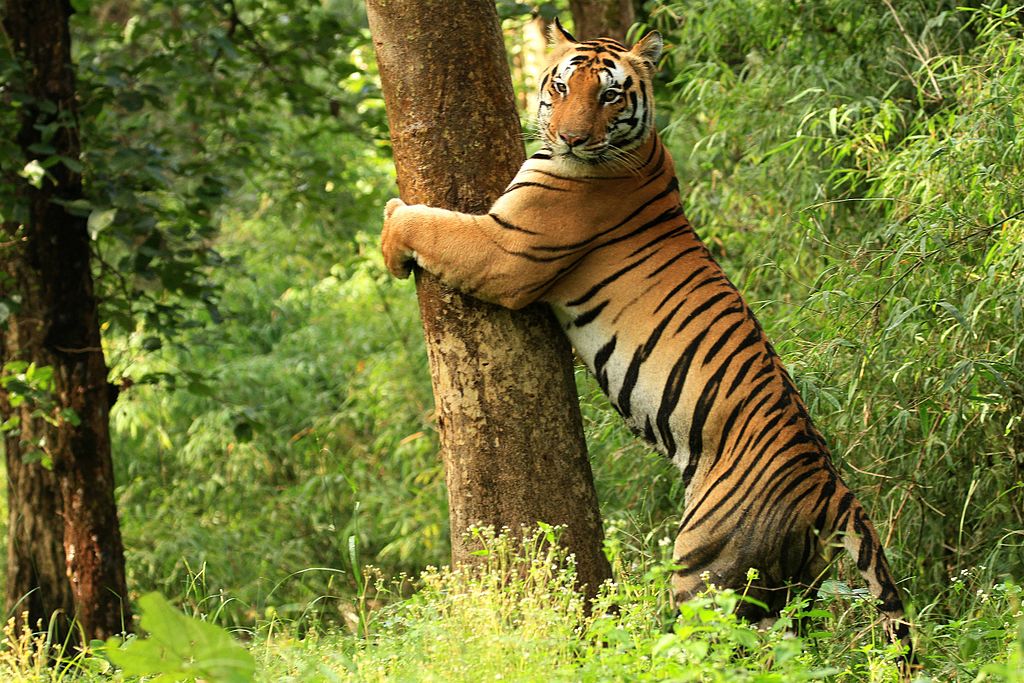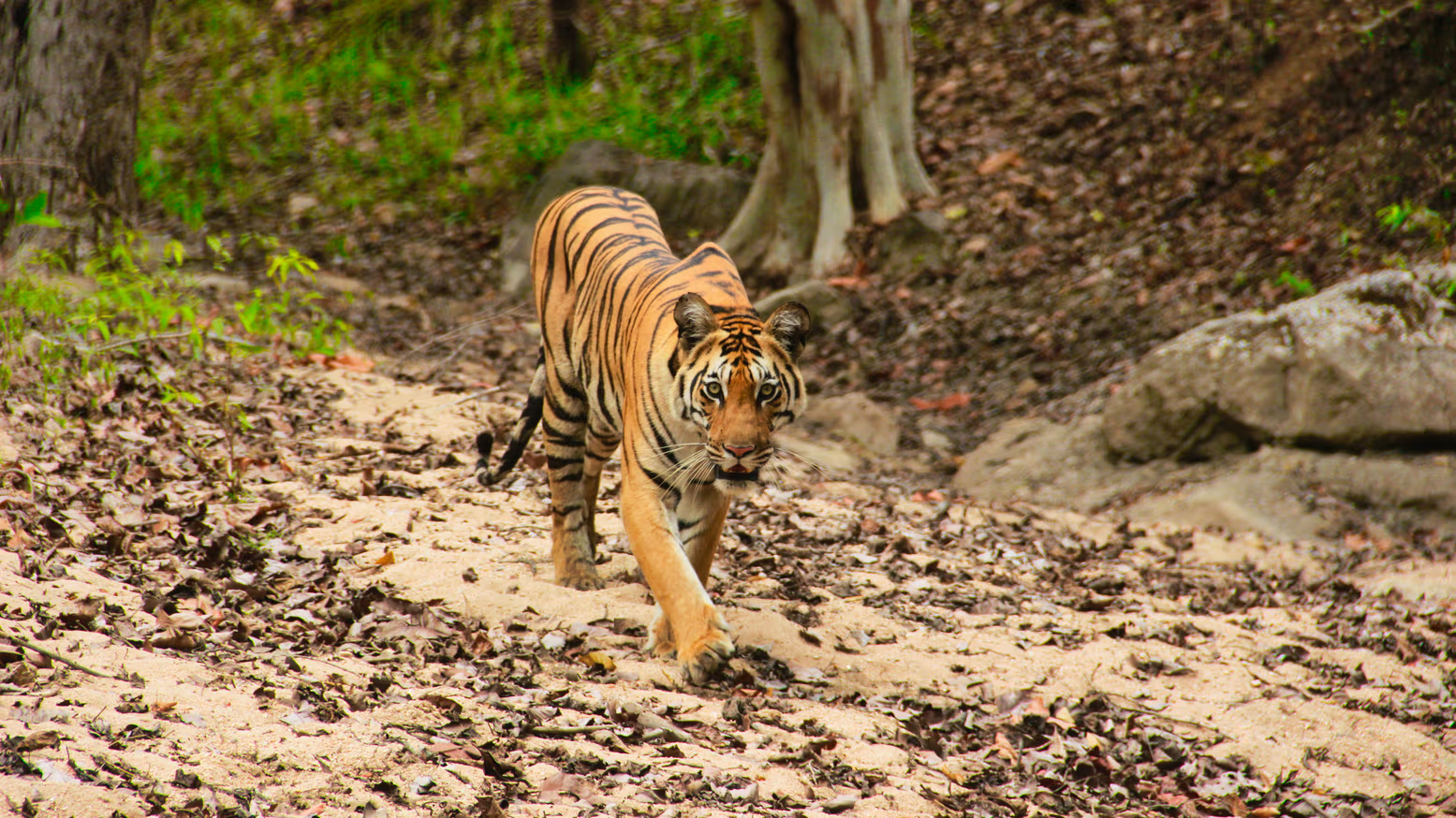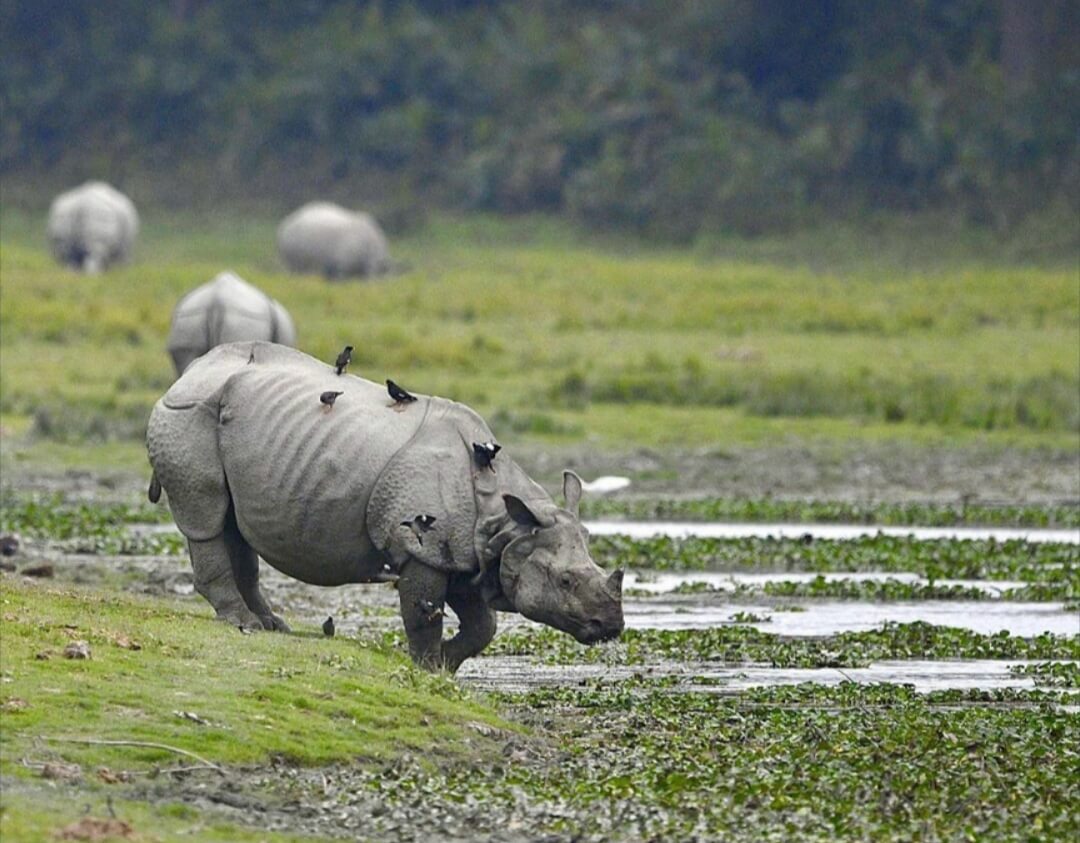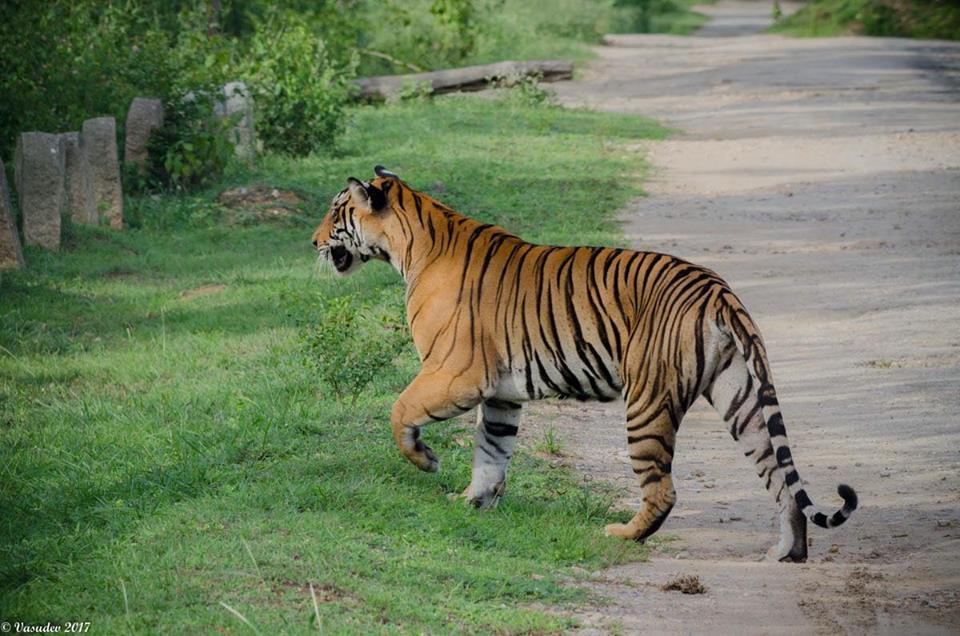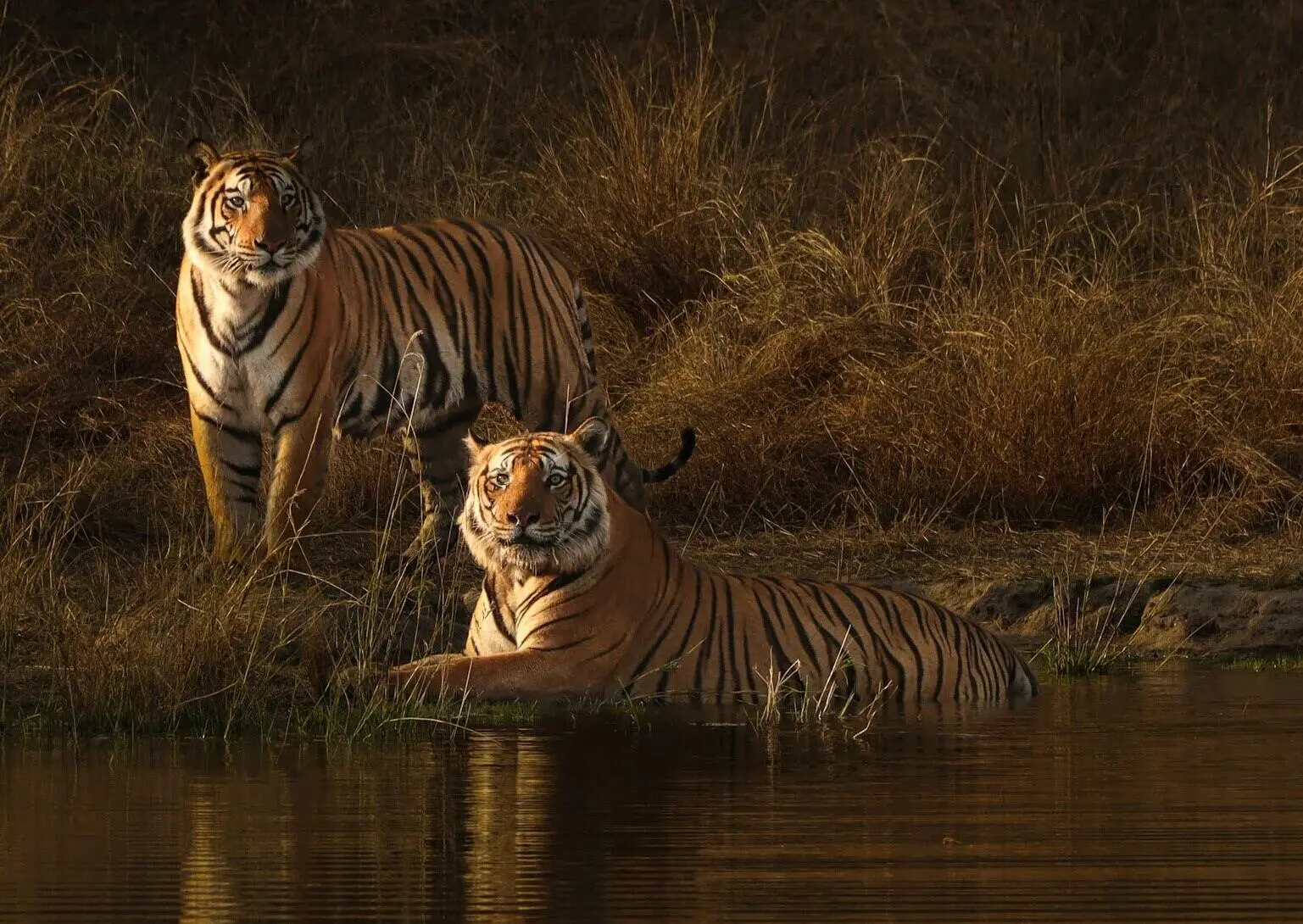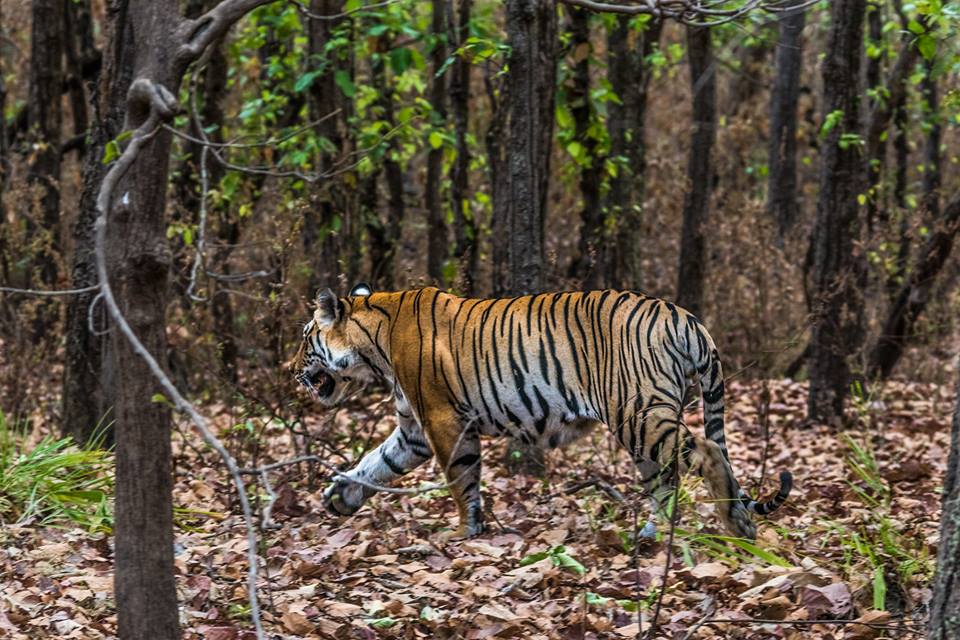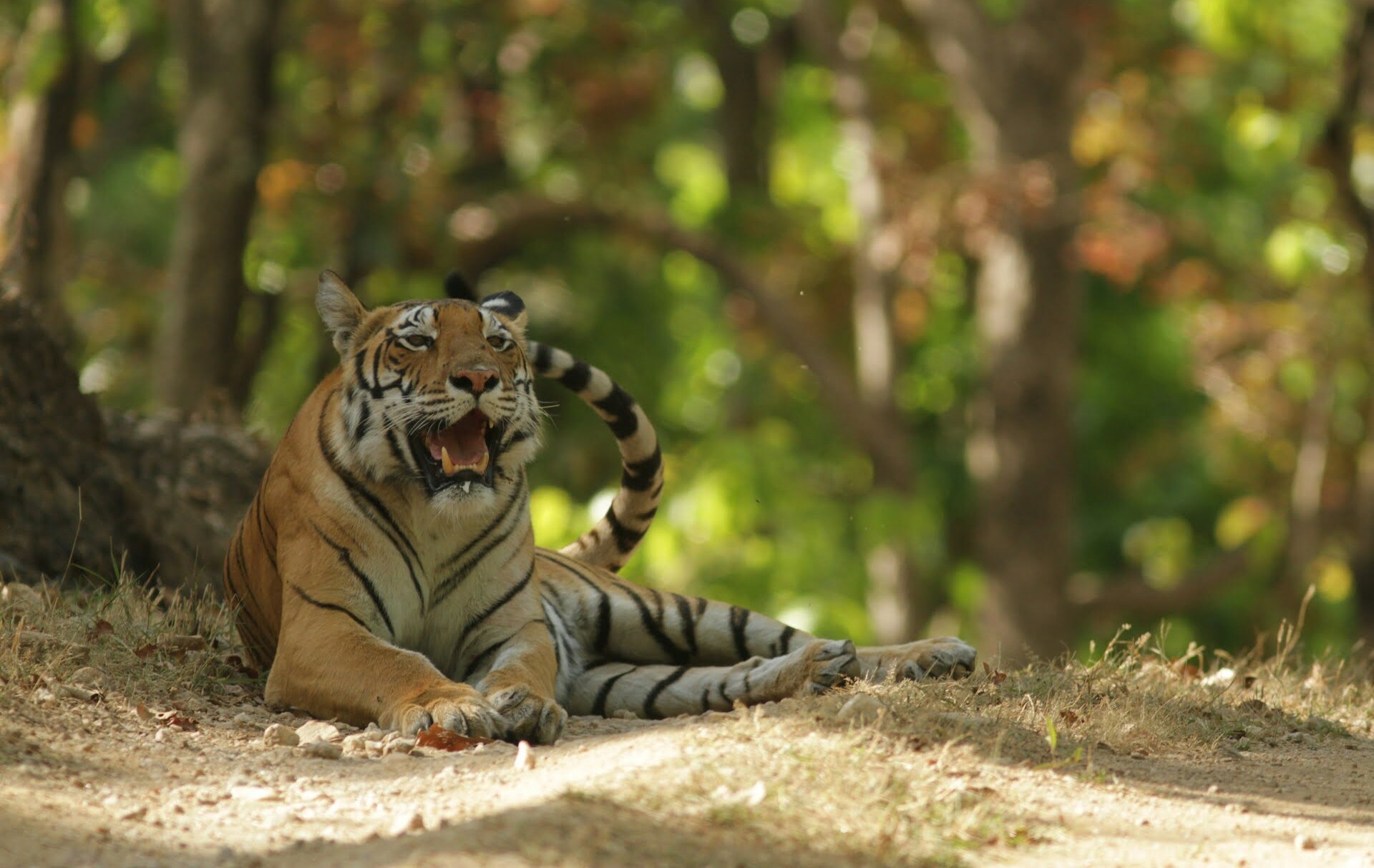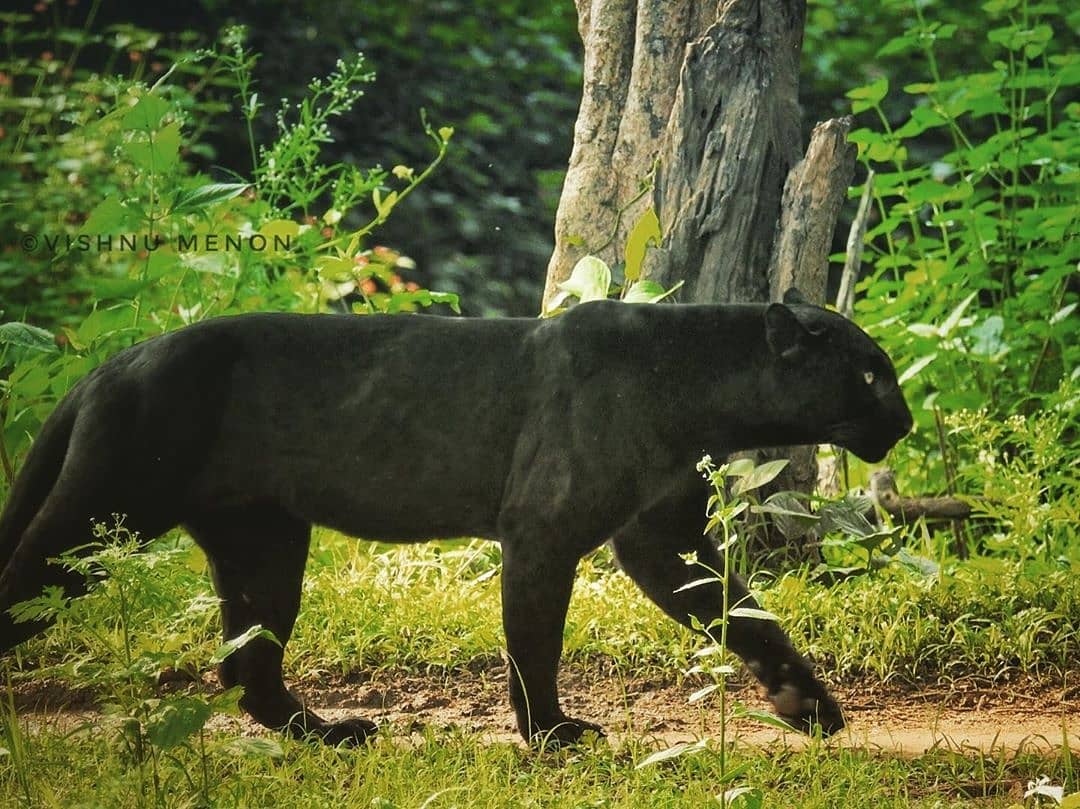Going for a wildlife safari in tiger reserves in India is a unique, blissful experience for almost anyone especially if you are a nature lover, wildlife enthusiast or passionate about photography. Visitors especially plan their trip in pursuit of tigers, the royal majestic cats.
These animals are special because of their hunting strategies, fending for their cubs and astonishing presence. Witnessing this breed is a memory of a lifetime which hopefully you get to capture on your camera and in your mind forever.
The following article encompasses everything you must keep in mind before starting this exciting journey. We talk about how you can increase your chances of tracking tigers, which peak seasons to target, various National Parks in India and what else you should not miss out on during your wildlife safari.
How to maximize the tiger sighting probability?
First off it is crucial to know that even if you implement all these strategies, encountering a tiger is purely based on luck. Even with the hope of spotting one, remind yourself that they are masters of their mind.
Tips to increase your tiger spotting chances
Choose the right tour operator for your wildlife vacation
Going with a company that have experience in conducting wildlife and tiger safaris and have a decent record of tiger spotting is the key. They will have a team of local guides and naturalists who will guide you throughout your journey.
An ideal tour company should be involved in other conservation related projects, anti poaching campaigns, contribute financially to the reserve’s wellbeing, have locals in their team of guides and drivers and have expertise to give you the trip of a lifetime.
Do a proper research before finalizing your tour agency for wildlife tours in India.
Popular Tours to Spot Tigers
Silence and patience are golden
Tigers may get spooked easily by loud noises, laughter, and drastic movements. Make sure to communicate with gestures and whisper with your team only when necessary.
Always bear in mind that you are guests in their home, and they do not owe you a visit. Be patient, observant and an active listener to alarm calls and movement.
At times after hours of waiting around and returning in disappointment, suddenly this striped predator might walk across your jeep, aiding you to create a priceless memory. So be patience, keep quite and follow the park rules as guided by the forest guards and driver of your jeep.
Pugmarks, Alarm Calls and Tracking Signs
Early morning safaris are recommended as this is the best time for their movement and soak some light after the dark night, The majestic walk also leave their fresh pugmarks that remain on the trails and this is one of the technique to track them. Tigers love to walk on open forest trails to soak morning sunlight leaving behind their footprints.
Deers, Langoor and a few birds do alarm calls when they see the Big Cats. This is their way of alerting their breeds that the majestic tiger has been seen. Due to dense vegetation, you may not see these animals but be attentive and follow their alarm calls. If you hear alarm calls wait patiently as a tiger or leopard may be around very close.
Scratch mark on trees, Territory marking (Sent marking) In the middle or side of pathways, tigers will defecate and then scratch the ground so that other rival tigers know the presence of other cat in the territory. All these signs help for tracking the tiger and expert guides will search for these patches.
Peak Season Magic
Planning your visit in advance is of utmost importance. This is not only to get the best accommodation, tickets, early bird tour prices but also to enhance your pursuit of tigers. The dry season of October to April is perfect for most tiger reserves in India. It is when most number of tigers are sighted.
Even better, the peak season for tiger sightings is summer from February till June. It is perfect to plan your visit in these months as the hot and humid weather forces tigers to come to the waterholes in the park where you can station your jeep for your lookout.
As a photographer, you might get one of your best pictures of these photogenic mighty cats cooling off beneath the shade of a tree or quenching their thirst in the waterholes. The winter season is more cool and pleasant but lesser tigers are visible during these months compared to summer.
Tiger Reserves in India and their Pros and Cons
Ranthambore National Park, Rajasthan
Pros- Extremely high chances of tiger spotting during jeep safaris, fascinating landscapes, and a chance to visit the ancient gem Ranthambore Fort.
Cons- Very crowded during peak season, more expensive than other parks and largely consists of dry and deciduous forests with less variations.
View Ranthambore Tour
Bandhavgarh National Park, Madhya Pradesh
Pros- Extremely high tiger and tiger cubs’ density, high chances of sighting during any time of the day.
Cons- Long queues for jeep safaris and less activities apart from safaris.
View Bandhavgarh Tour
Kanha National Park, Madhya Pradesh
Pros- Magnificent Sal forest, known as ‘Land of Tigers’, large variety of birds species.
Cons- Less variety of other fauna, thick vegetation results in limited visibility.
Other famous tiger reserves in India include Tadoba in Maharashtra, Jim Corbett in Uttarakhand, and Pench in MP.
View Kanha Tour
What else to look for during your safari adventure?
As mentioned previously, witnessing tigers boils down to luck. Incase even after following all these tips, you fail to spot a tiger, do not think that your jeep safari was in vain. A wildlife safari is so much more than that. Immerse yourself fully in the wild and detach from the city hustle bustle.
Activate your five senses by smelling the fresh oxygenated air; being starstruck by seeing the thick vegetation and lush meadows; listen to the melodious sounds of birds and monkeys. Participate in nature trails with experts to learn more about the park and visit the local village and forts if located nearby.
Few parks offer elephant safaris and night safaris for nocturnal magic, make sure you elevate your mood by taking part in them. Lastly, tigers are not the only attractions at these parks. Keep a look out for leopards, sambar deer, hyenas, langurs, sloth bears, and over 200 species of birds in these national parks.

